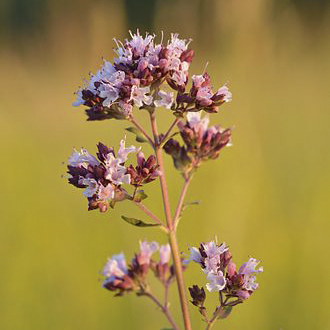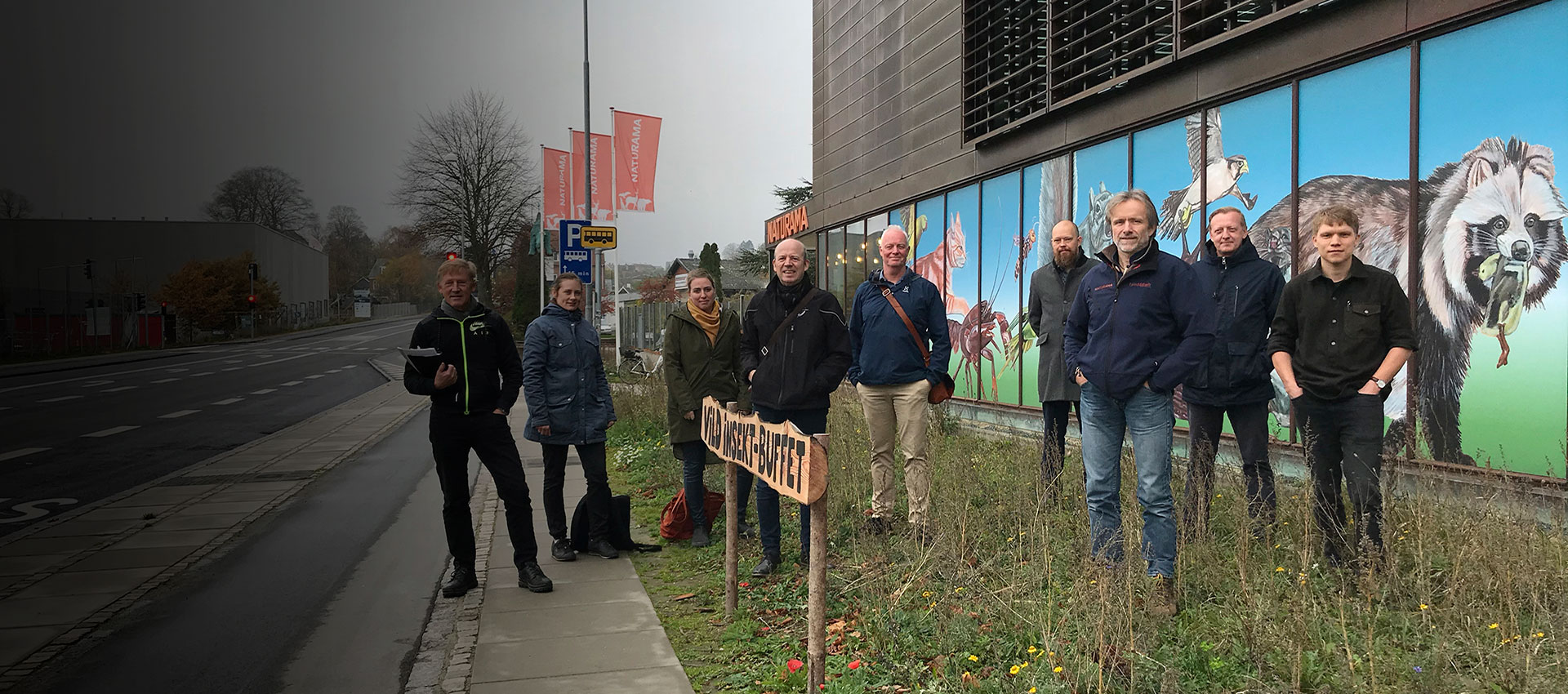
Nature is in focus
Svendborgs Insect buffet
Biodiversity in Denmark is under pressure, but fortunately many initiatives in the cities have flourished, which has slowed down the decline of species in the cities and reversed the development.

It's about creating space for the insects
Svendborg's insect buffet is a joint initiative to focus on increased biodiversity in Svendborg. With native wild species of flowers, herbs and shrubs, we can support a richer diversity of insects and birds.
The first steps:
Along Naturama's building, we laid out a flower meadow with native meadow flowers as early as 2020. These have had flowers in bloom throughout the summer and until the beginning of December. After the last flowers have withered, the time comes for the area to be mowed. In 2021, the area next to the old Svendborg Zoological Museum will be laid out with three different fields, each of which will illustrate different results.
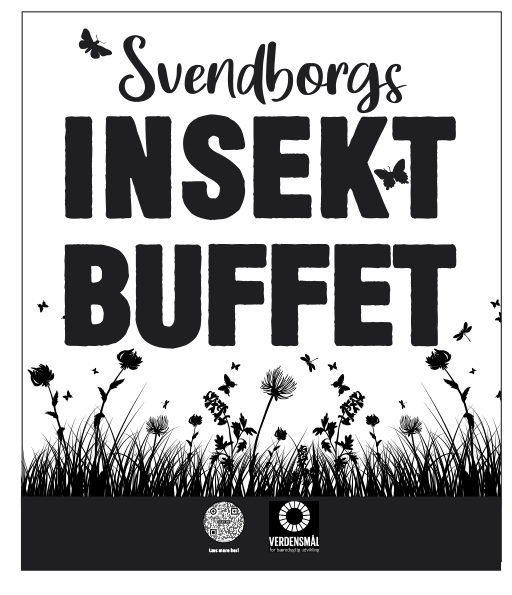
Field 1: We stopped mowing the existing grass, and let it grow wild. It will be a nice insight into what the grass will look like when it blooms and stands and blows in the wind. Here, biodiversity will not increase. But it will be a really nice sight.
Field 2: We removed the top 20 cm of the peat and mixed it with sand. We do this to remove a large part of the seed bank that lies in the soil and to reduce the nutrient content. Nutrient-rich soil favors individual species that are good at utilizing the nutrients at the expense of other more specialized species. The plants that grow in this field will depend on which seeds have been under the peat we have removed, as well as which seeds come flying with the wind or are lost by birds.
Field 3: Same treatment as in Field 2 with the addition that we sow native meadow flowers.
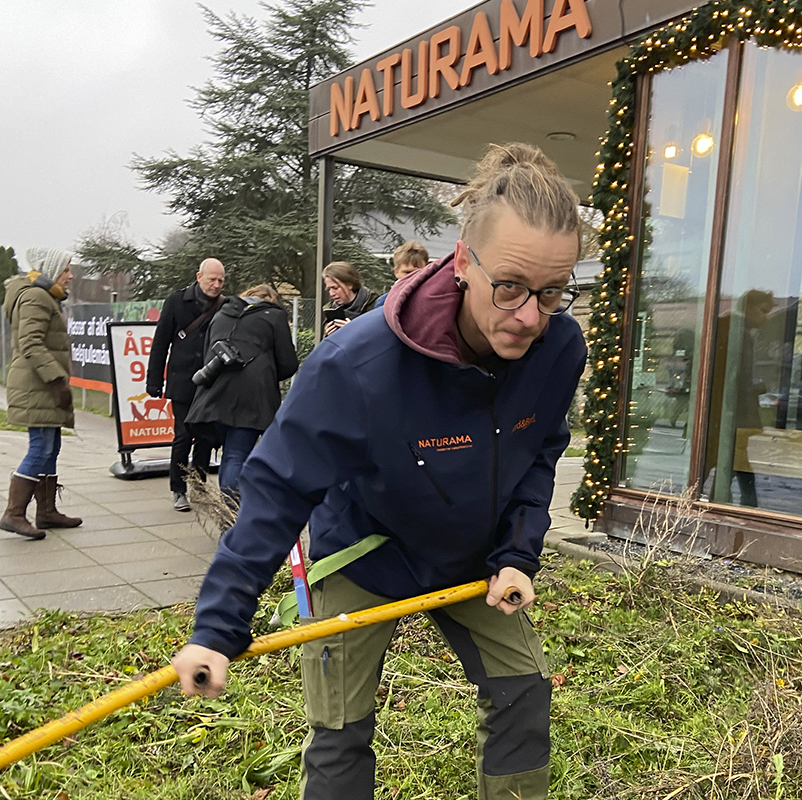
Common to all fields is that at the end of the autumn they are beaten with a shovel or other method that cuts the plants off. Lawn mowers or brushcutters are not to be used as this method breaks the plans and thus leaves plant material in the field. After mowing, the plants must be left for 14 days to ensure that the seeds have fallen off, after which the plant material is removed so as not to become nutrients the following year. In other words, it is important to keep the nutrient content of the soil down to make room for competition between plant species.
The challenge in constructing such meadow fields is that there is a constant pressure from cultivated plants in the surrounding areas. This effect can be seen along the outer edges of the field. Therefore, the recommendation is to build the field as large as possible and rather one large rather than several small ones. The smaller the area, the greater the risk that it will be "taken over" by the cultural species that come from the lawns around the field.
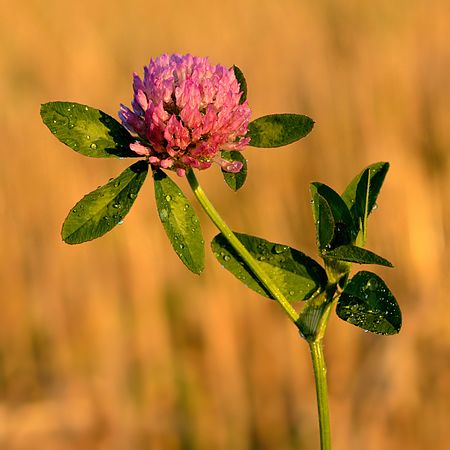
An insect buffet can in principle be installed in all lighting conditions. Different plant species can utilize different light intensities. But if you want a flower meadow, the place must be light open (like a meadow).
You get a good starting point if your choice of area is already nutrient poor. Sandy soil is far better than clay soil. You get the best from the start by being careful with the construction phase.
- Lay out as large a contiguous area as possible. It makes the natural dynamics stronger and the self-sustaining drive greater (less work in the future).
- Plant the meadow in April-May
- Remove the top 20cm of the peat / soil
- Fill 10 cm of sand on top of the ground.
- The flower meadow mixture is then sown.
- Irrigation is frequent during the germination period.
- Finished mixtures have both grass and meadow flowers. The grass species here are slow growing and can withstand drought. If you want to compose your own flower meadow mixture, eg with flower seeds you have collected yourself, the choice of meadow grasses must be, for example, red fescue, stiff-leaved fescue and red honeysuckle. Ordinary lawn grass cannot be used as it grows too vigorously and will suffocate the meadow flowers. If you have separated flower seeds and grass seeds, the grass seeds must be sown first and on top of these the flower seeds are spread. Calculate 1 kg of grass seeds and 500 g of meadow flower seeds to 50-100 m2.
After flowering in October / November, the meadow is mowed. The newly mowed meadow lies with the "harvest" on the ground for approx. 14 days so that the seeds can fall off, after which the meadow is torn down and the torn one is disposed of. It can advantageously become part of a compost pile.
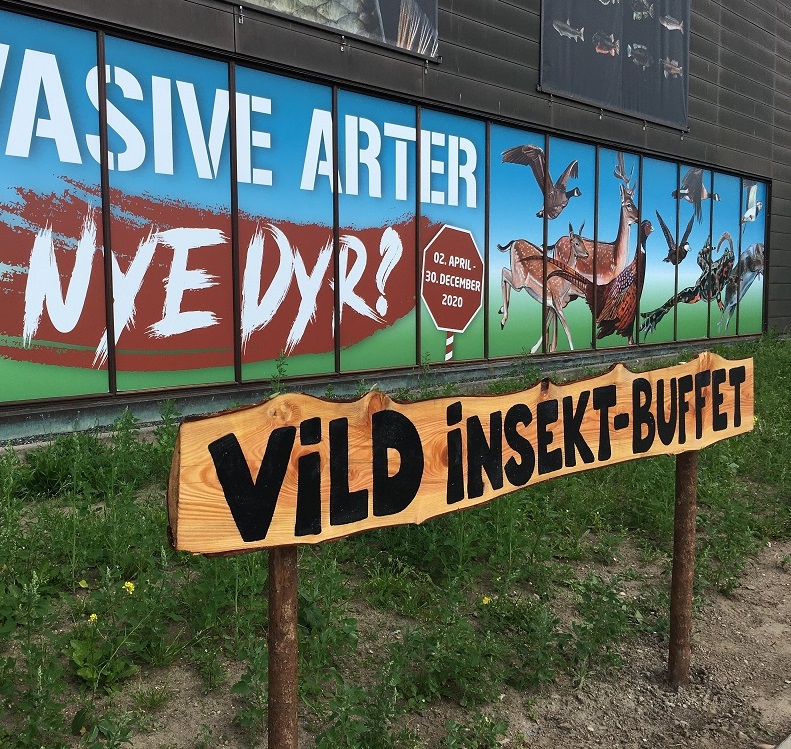
These are good meadow flowers for wild flower meadow
- Knopurt
- Cornflower
- Poppy
- Bellis
- Roadside
- Stork's beak
- English grass yarrow
- Red and white clover
- Gooseberry
- Yellow snarl
- Bull's eye
- Wild marjoram
- Wild chervil
- Dandelion
- Chamomile
- Blue hat
- Forget Me
- Not Marguerite
Grasses
- Heart grass
- Red fescue
- Stiff-leaved fescue
- Red hvene
